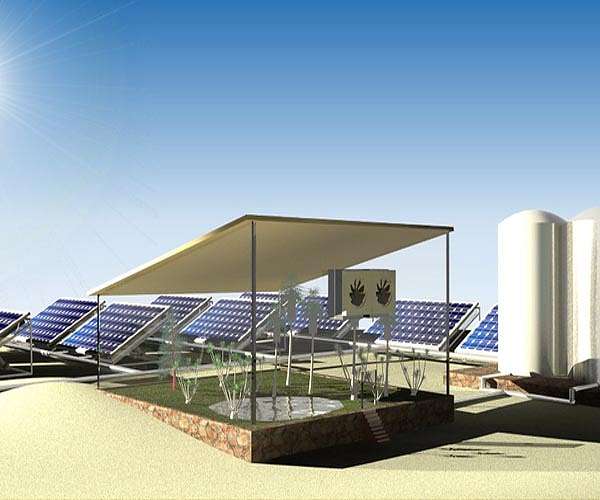Research shows how water systems can boost the adoption of renewable energy
New research led by Stanford University highlights how water systems, such as desalination plants and wastewater treatment plants, can help make renewable energy more accessible and reliable. The study, published September 27 in ‘Nature Water’, introduces a framework to assess how water systems can adjust their energy consumption to balance supply and demand from the electricity grid.
“If we want to reach net zero, we need demand-side energy solutions, and water systems represent a largely untapped resource,” explains Akshay Rao, lead author of the study and a PhD candidate in environmental engineering at the Stanford School of Engineering. “Our methodology helps water operators and energy managers make better decisions about how to coordinate these infrastructure systems to simultaneously achieve our decarbonization and water reliability goals.”
As networks become increasingly dependent on renewable sources such as wind and solar energy, balancing supply and demand becomes more complex. Typically, energy storage options such as batteries solve this problem, but these technologies can be expensive. An alternative lies in exploiting flexibility on the demand side, especially from large consumers of electricity, such as water transport and treatment systems. Water systems, which account for up to 5% of the country’s electricity consumption, could provide benefits similar to those of batteries by adapting their operation to real-time energy needs, the study authors said.
A framework for flexibility
To harness this potential, the researchers have devised a framework that evaluates the energy flexibility of water systems from the perspective of both electricity grid operators and water system operators. The framework compares the value of water systems’ energy flexibility with that of other large-scale energy storage solutions, such as lithium-ion batteries, which store electricity during periods of low demand and discharge it during peak times. The analysis also considers reliability, compliance risks, and capital upgrade costs involved in achieving energy flexibility from critical infrastructure systems.
The team tested the framework on several water facilities, including a seawater desalination plant, a water distribution network and a wastewater treatment plant. They also examined how different rate structures and electricity rates in California, Texas, Florida and New York affected the results.
Their findings showed that these water systems can shift up to 30% of their energy consumption during peak periods, delivering significant cost savings and reducing pressure on the electricity grid. Desalination plants in particular showed significant potential for energy flexibility by adjusting water recovery rates or temporarily halting specific activities when electricity prices were high.
The framework developed by the researchers could help grid operators evaluate energy flexibility in different water systems, compare it with other energy storage options and adjust energy prices accordingly. It could also guide water utility operators in making informed financial decisions when designing and operating their plants in the context of rapidly evolving electricity networks.
The study further underlines the importance of energy prices in maximizing the benefits of energy flexibility. Water systems with variable electricity rates depending on the time of day benefit most from this. Facilities could even generate revenue by reducing their energy consumption during periods of high grid power by participating in energy savings programs offered by utilities.
“Our research gives water and energy managers a tool to make smarter choices,” said Rao. “With the right investments and policies, water systems can play a key role in making the transition to renewable energy smoother and more affordable.”
Research report:Valuation of energy flexibility of water systems

